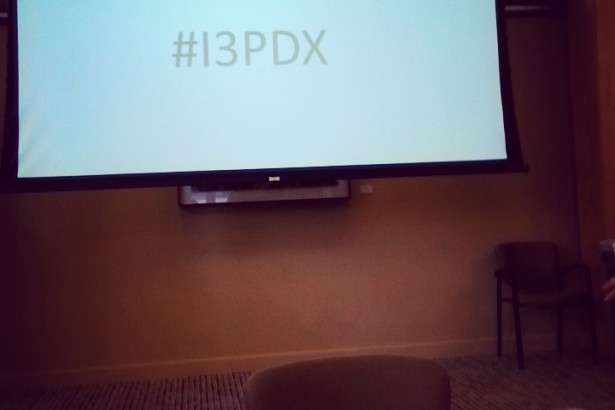The Secret Sauce to Successful Crowdsourcing Campaigns
Repost from HuffingtonPost Tech
Lately, I’ve had more people asking me what the secret sauce of a successful crowdsourcing campaign is. It’s quite simple, but it’s more than just getting consumers to vote, like, or jump on the bandwagon and buy the products you are creating. It’s about actually creating an entire brand experience for followers. You need to be willing to dig into detailed planning that integrates streamlined action items into that plan. Strategic thinking is invaluable in crowdsourcing activities. We live in an age of entrepreneurial overload, after all — how are you going to set yourself apart from all the rest?
My Top 5: A recipe for success in building a crowdsourcing campaign or project:
1. What is your objective? Plan ahead: What story are you telling? Are you trying to raise brand awareness? Are you selling a new product/line? Are you building consumer data? Having a clear objective is the first step to being able to pitch your idea to backers. Projects that can clearly communicate their objective and products have a better chance of being successfully funded. Take Swivl, for example. This robotic platform for iOS/Android devices and DSLRs had a great Kickstarter campaign page. The vision of the new Swivl and the benefits it provided to consumers were clearly presented visually and textually. The campaign raised a little over $150,000 which met the $120,000 goal. This was an example of a strong objective facilitating success for a campaign.
2. Great brand + great product help. Yes, it’s both a science and an art! You could have a great strategy but, if the products/projects are not great then the consumer will catch on and as a result, brands can fail. Be sure to set up the brand and products going to market in a way that is appealing and intuitive for your audience. Good branding is about anticipation — know what your audience wants before they know. Pebble Technology popularized some wearable technology with its smartwatch and launched a hugely successful Kickstarter campaign that raised $10,266,845 from 68,929 backers in 2012. They were in front of the curve on wearable tech that paid off in a big way.
3. Get your investors/VCs/Angels ready. Do all of the legwork in advance. You can’t just create an ad hoc crowdsourcing campaign without having your supporters back you up. This is the key to success! Yes, this means including your friends, families, venture capitalists, media, etc. I’ve seen many entrepreneurs or marketers set up a quick page or video and then launch, only to hope that people will stumble onto their project and magically fall in love with the idea. Reality check: You’re not getting 100 percent of your funding overnight. Not going to happen, unless you have amazing strategies (see what’s coming up next).
4. Incentivize. At the end of the day, the consumer must buy into your product or project, which may take some nudging. It’s not as easy as “hey, let me just give them a free, generic t-shirt or sticker”… you must also understand who your customers are. The number-crunching and segmentation is important for successful personalization of your campaign and incentives for your audience. Know your audience; they’re funding you, after all.
5. Set realistic expectations: The Ubuntu Edge smartphone campaign raised over $12 million in 2013. Their goal, however, was $32 million, which made the total fundraised only about 37 percent of this. Would I call this a failure? Not necessarily. While the Edge failed to fill up the goal progress bar on its Indiegogo page, they still raised a lot of money. I think what would have made this campaign even better was if they had set realistic expectations. Ubuntu should have considered if raising $32 million was feasible through a crowdsourcing campaign because no one likes to feel like their contributions didn’t help meet a goal.
Whether you are using Kickstarter, Indiegogo or your own web-based application, it’s the strategic planning and tactical executions that will deliver results when you need them. Do yourself a favor and take the time to work through it now so you can focus on your success later, not playing catch-up.





Leave a reply